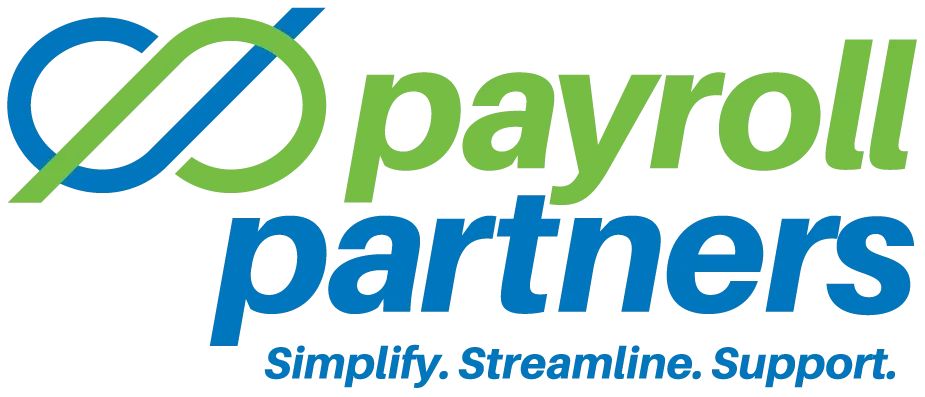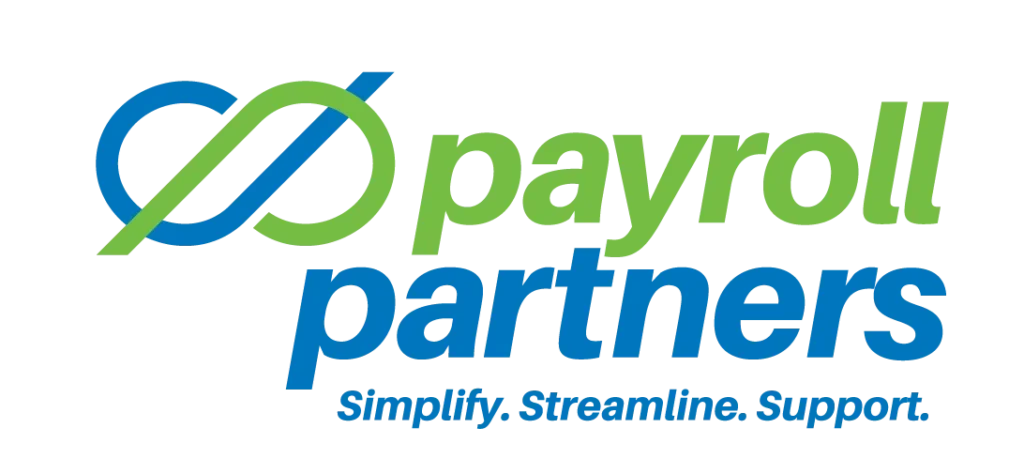If you’re a minister, you must pre-pay a substantial portion of the taxes you’ll owe for that year in estimated quarterly payments to avoid penalties.
Tip # 1: Make your payment on time
The US has a pay-as-you-go tax system, meaning the IRS expects you to make smaller payments of your tax liability throughout the year rather than waiting until the end of the year. If you don’t make quarterly payments and just decide to pay in a lump sum, IRS can assess you an estimated tax penalty. To avoid the penalty, make your estimated tax payments on time. The coupons that come with your 1040 return should list the due date.
Tip # 2: Make sure to fill in the memo line
One of the easiest mistakes to make is not putting your name, tax year and social security number on the memo line of your check. If your check gets separated from your payment voucher, IRS will have no idea where to put it. They might put it on the wrong year, or they might fail to process it at all.
Tip # 3: Keep a copy of that cancelled check
If anything goes wrong (like IRS posting your check to the wrong year), you will want to have a copy of the front and back of your cancelled check. Your cancelled check is how you can prove that IRS received the payment and show when they cashed it. They will need this information to find out where the check went and to be able to move it back to your account or to the correct period. If you didn’t keep a copy of the cancelled check, don’t worry. You can visit your financial institution and they should be able to print a copy of the front and back of the cancelled check for you.
The potential for mistakes with paper checks is one reason that more taxpayers are going online to make their estimated tax payments. If you are interested in making estimates electronically or scheduling automated payments, visit the Electronic Federal Tax Payment System online at https://www.eftps.gov/eftps/ to create an account.
Payroll Partners is committed to helping clients stay informed about payroll, tax and human resource news, developments and current events. This article is intended to provide readers with general information on human resources matters. The article does not constitute, and should not be treated as professional advice regarding the use of any particular human resources practice. All efforts have been made to assure the accuracy of the information. Payroll Partners does not assume responsibility for any individual’s reliance upon the information provided in the article. Readers should independently verify all information before applying it to a particular fact situation, and should independently determine the impact of any particular human resources practice. If you are seeking financial or human resources advice, you are encouraged to consult a financial and/or human resources professional.

